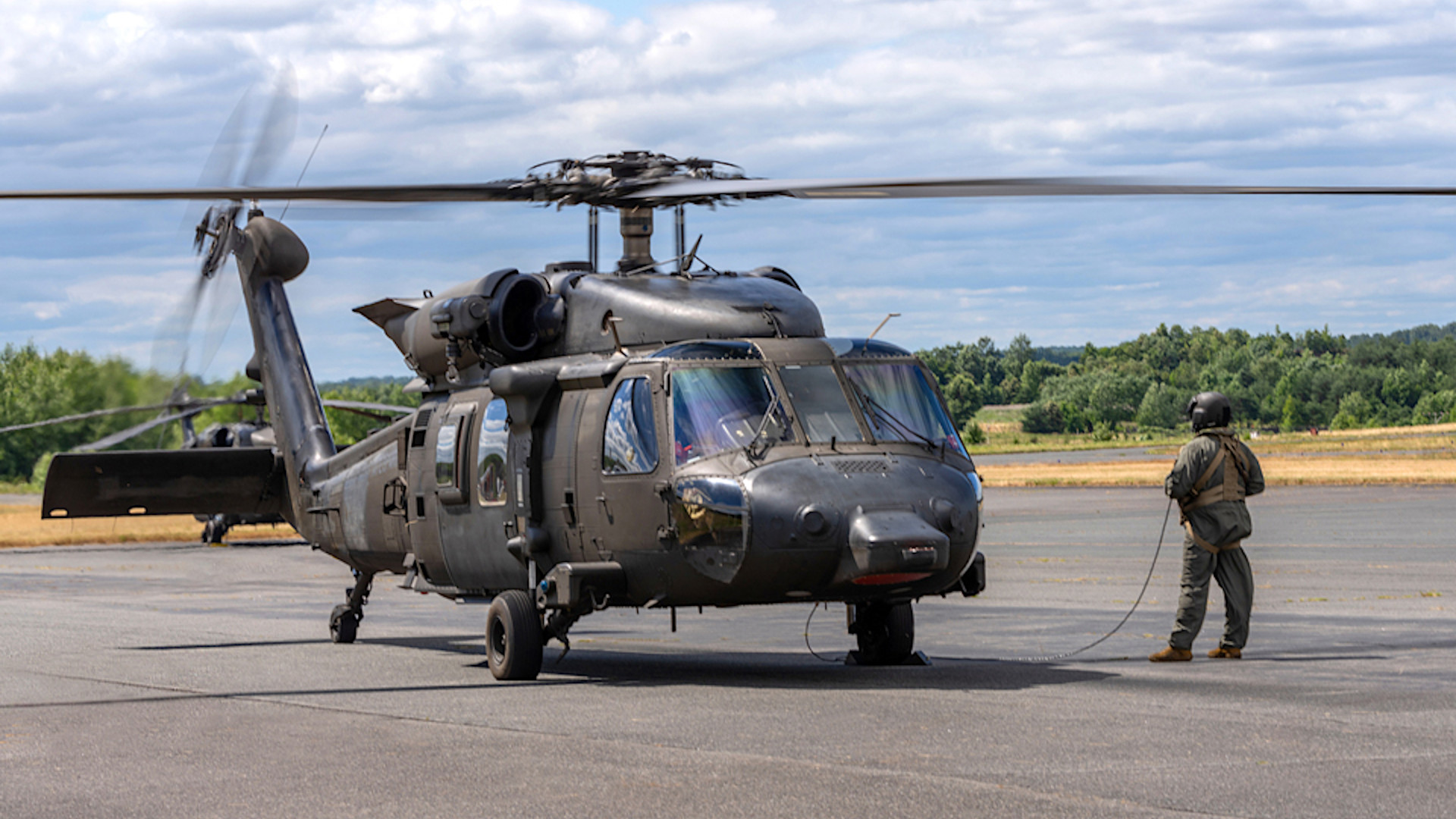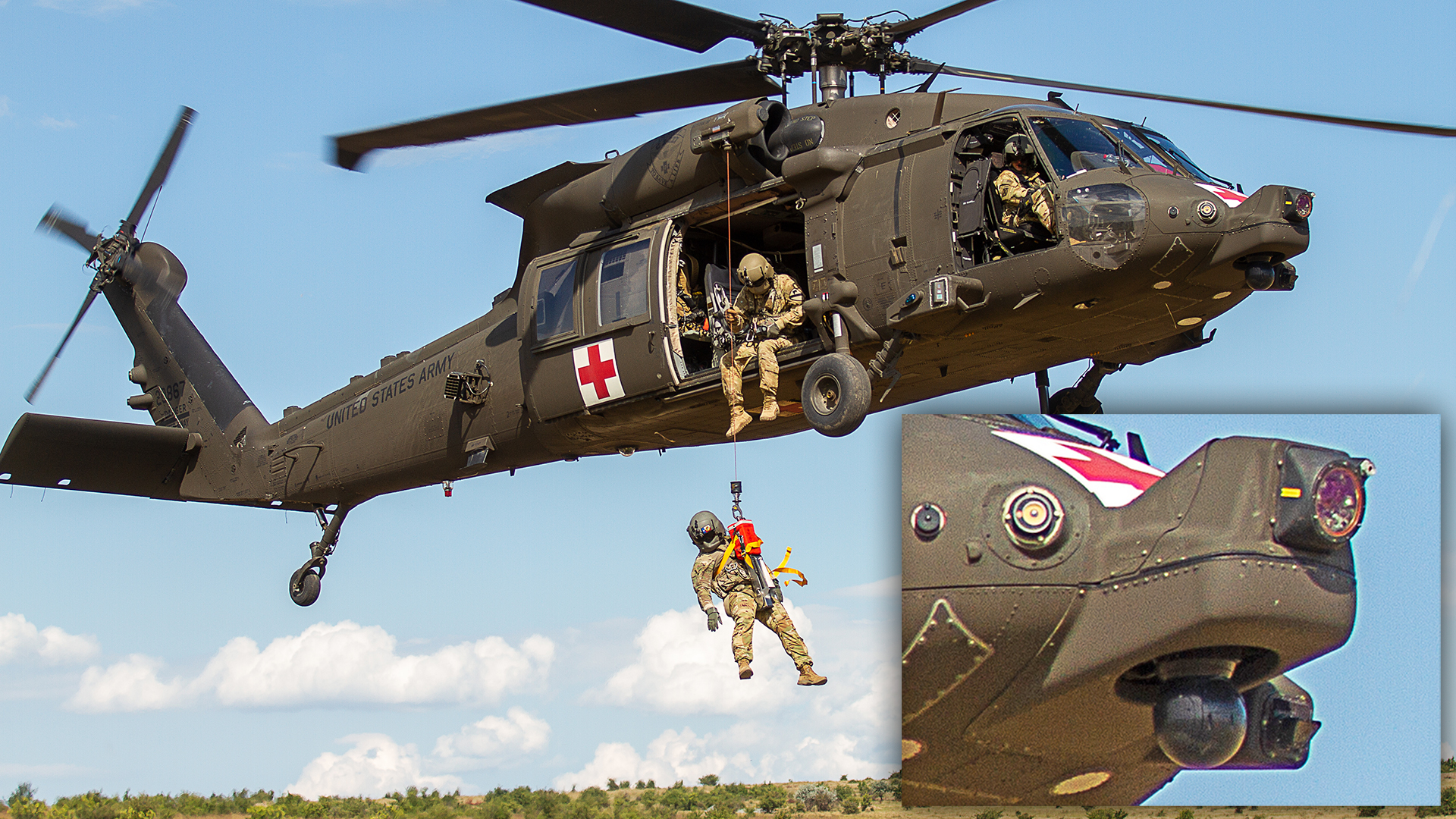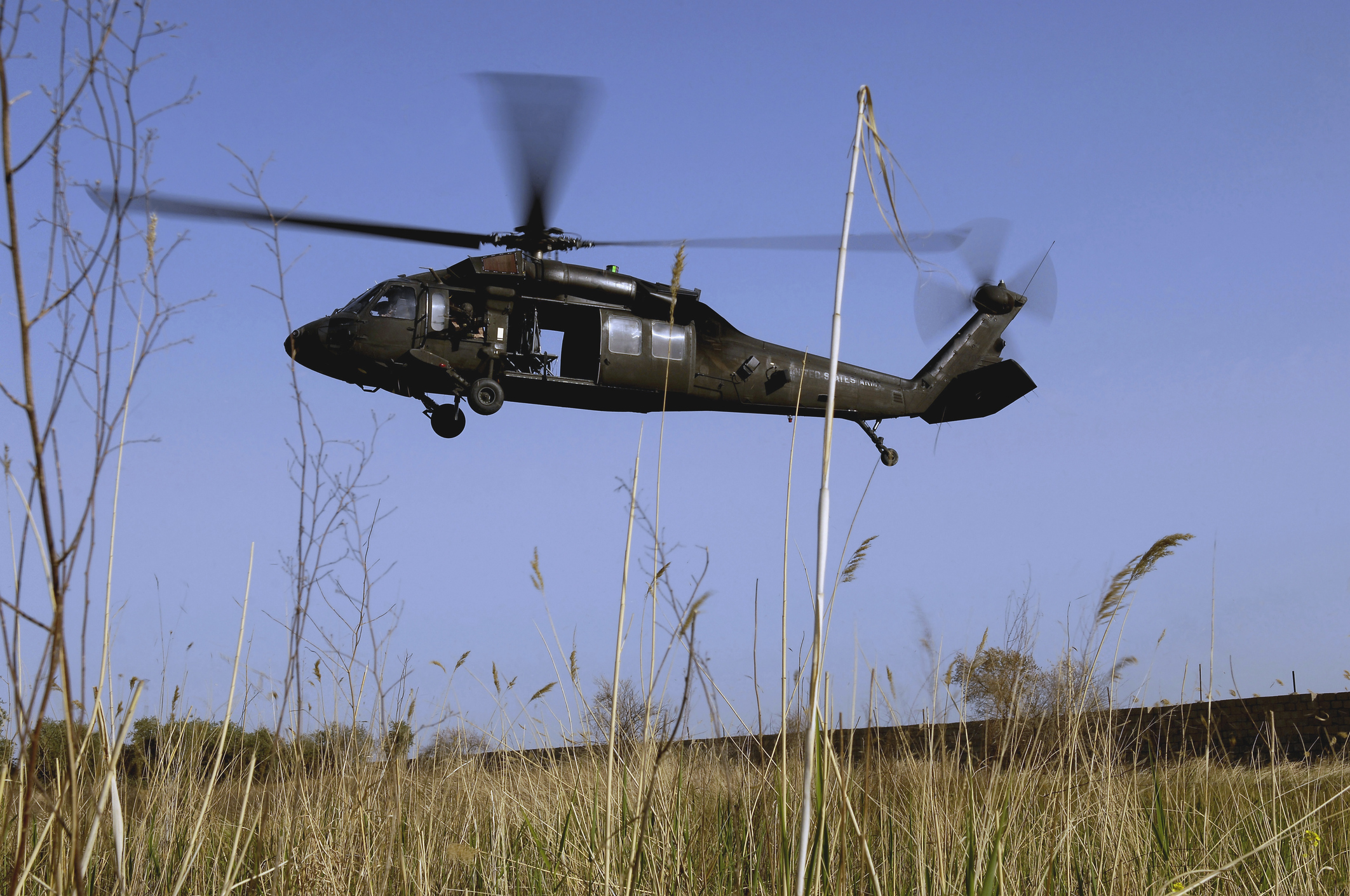UH 60 Black Hawk: How This Iconic Helicopter Supports Tactical and Combat Missions
UH 60 Black Hawk: How This Iconic Helicopter Supports Tactical and Combat Missions
Blog Article
Whatever You Required to Learn About the UH 60 Helicopter
The UH-60 helicopter, a foundation of United state Military aeronautics because its debut in 1979, represents an exceptional mix of design and operational convenience. As army demands develop, so as well does the helicopter, with continuous advancements aimed at boosting its capabilities and incorporating modern innovations.
History of the UH-60
Developed in the late 1970s, the UH-60 Black Hawk helicopter emerged as an action to the united state Army's demand for a versatile utility helicopter that can perform a range of goals under challenging problems. The inspiration for its style was the imperfections recognized in the earlier helicopters used throughout the Vietnam War, particularly in terms of maneuverability, speed, and survivability.
The Black Hawk was designed by Sikorsky Aircraft, incorporating advanced innovations and products to enhance its efficiency and durability. It was formally presented into solution in 1979, quickly becoming a crucial asset for military operations - uh 60. Its ability to transfer soldiers, clinical emptying, and logistical support in both fight and humanitarian objectives made the Black Hawk a vital element of the U.S. Military's aviation fleet
Throughout the decades, the UH-60 has actually been continuously upgraded, adjusting to the altering nature of war and the progressing demands of modern army operations. Its functional background consists of participation in significant problems, peacekeeping goals, and calamity relief efforts, strengthening its online reputation as a dependable and efficient helicopter in different atmospheres worldwide.

Design and Specifications
The design of the UH-60 Black Hawk helicopter continually mirrors a commitment to operational efficiency and versatility. Established by Sikorsky Airplane, this medium-lift utility helicopter features a smooth, wind resistant body that improves rate and maneuverability. Its tandem rotor system, characterized by two counter-rotating blades, reduces resonance and boosts lift ability, permitting much safer operations in diverse atmospheres.
The UH-60 is powered by 2 T700-GE-701C turboshaft engines, supplying an optimum speed of around 180 knots and an array of around 400 maritime miles. Its durable airframe is created from sophisticated composite products, making sure toughness while preserving a relatively low weight. The helicopter has an optimum gross weight of regarding 22,000 extra pounds, sustaining a flexible haul arrangement.

Objectives and roles
A flexible system, the UH-60 Black Hawk helicopter serves a wide variety of functions and objectives within army operations. Developed primarily for army transport, it can lugging as much as 11 soldiers, making it an essential possession for quick implementation and logistical assistance.
Along with army transportation, the UH-60 stands out in clinical discharge (MEDEVAC) missions, furnished with sophisticated clinical devices to supply crucial treatment during transportation. Its capability to run in varied atmospheres improves its performance in fight search and rescue (CSAR) operations, where swift extraction of workers is essential.
The helicopter additionally plays a significant duty in reconnaissance and monitoring objectives, using onboard sensors and devices to gather knowledge. Moreover, its convenience includes logistical support, qualified of transferring materials and equipment to ahead operating bases - uh 60.
In battle operations, the UH-60 can be outfitted with numerous tool systems, allowing it to give close air assistance. Its multi-role capability makes the Black Hawk an indispensable tool for modern army pressures, adjusting flawlessly to the progressing demands of battleground scenarios and ensuring goal success throughout a variety of operational contexts.
Efficiency and Capabilities
Known for its robust efficiency, the UH-60 Black Hawk helicopter flaunts remarkable abilities that enhance its operational performance throughout various missions. uh 60. This multi-role airplane is geared up with powerful twin-engine Turbomeca Arriel 1D1 engines, supplying extraordinary rate and maneuverability, with an optimum cruise speed of around 150 knots and an operational series of around 400 nautical miles
The Black Hawk's innovative avionics and fly-by-wire control systems dramatically enhance flight security and handling, allowing it to run in varied environments, including damaging climate condition. Its convenience is weblink additional exhibited by its ability to lug as much as 11 fully outfitted soldiers or a payload of about 8,000 pounds, making it excellent for troop transportation, medical emptying, and logistical assistance goals.
In Addition, the UH-60 is designed for survivability, featuring strengthened airframes, ballistic defense for crew and travelers, and progressed countermeasure systems to evade risks. The helicopter's agility and rate, combined with its capacity for fast implementation, make it a vital asset in modern armed forces operations, ensuring that it stays a vital component of tactical air support and battlefield movement.
Future Developments

One significant emphasis is the combination of advanced avionics systems, which will certainly improve situational understanding via boosted navigating and communication capacities. This includes the possible usage of fabricated intelligence to aid pilots in decision-making and objective planning.
Additionally, future variants might include innovative materials and layout features to boost the helicopter's longevity and lower its radar signature, improving survivability in contested atmospheres.
The intro of hybrid-electric propulsion systems is her latest blog additionally on the perspective, aiming to improve gas effectiveness and lower logistical burdens. Such improvements could expand operational range and minimize the helicopter's environmental impact.

Final Thought
The UH-60 helicopter represents a considerable innovation in army aviation because its introduction in 1979. The UH-60's sustaining existence highlights its essential function in modern-day military operations and highlights the continuous advancement of army aviation innovation.
The UH-60 helicopter, a keystone of U.S. Army aeronautics since its debut in 1979, stands for an exceptional blend of design and operational adaptability. As army needs advance, so as well does the helicopter, with ongoing improvements intended at enhancing its capabilities and integrating contemporary technologies.The design of the UH-60 Black Hawk helicopter consistently mirrors a dedication to functional effectiveness and adaptability. Developed by Sikorsky Aircraft, this medium-lift energy helicopter features a smooth, aerodynamic fuselage that boosts speed and ability to move.The UH-60 helicopter represents a considerable innovation in army aeronautics considering that its intro in 1979.
Report this page